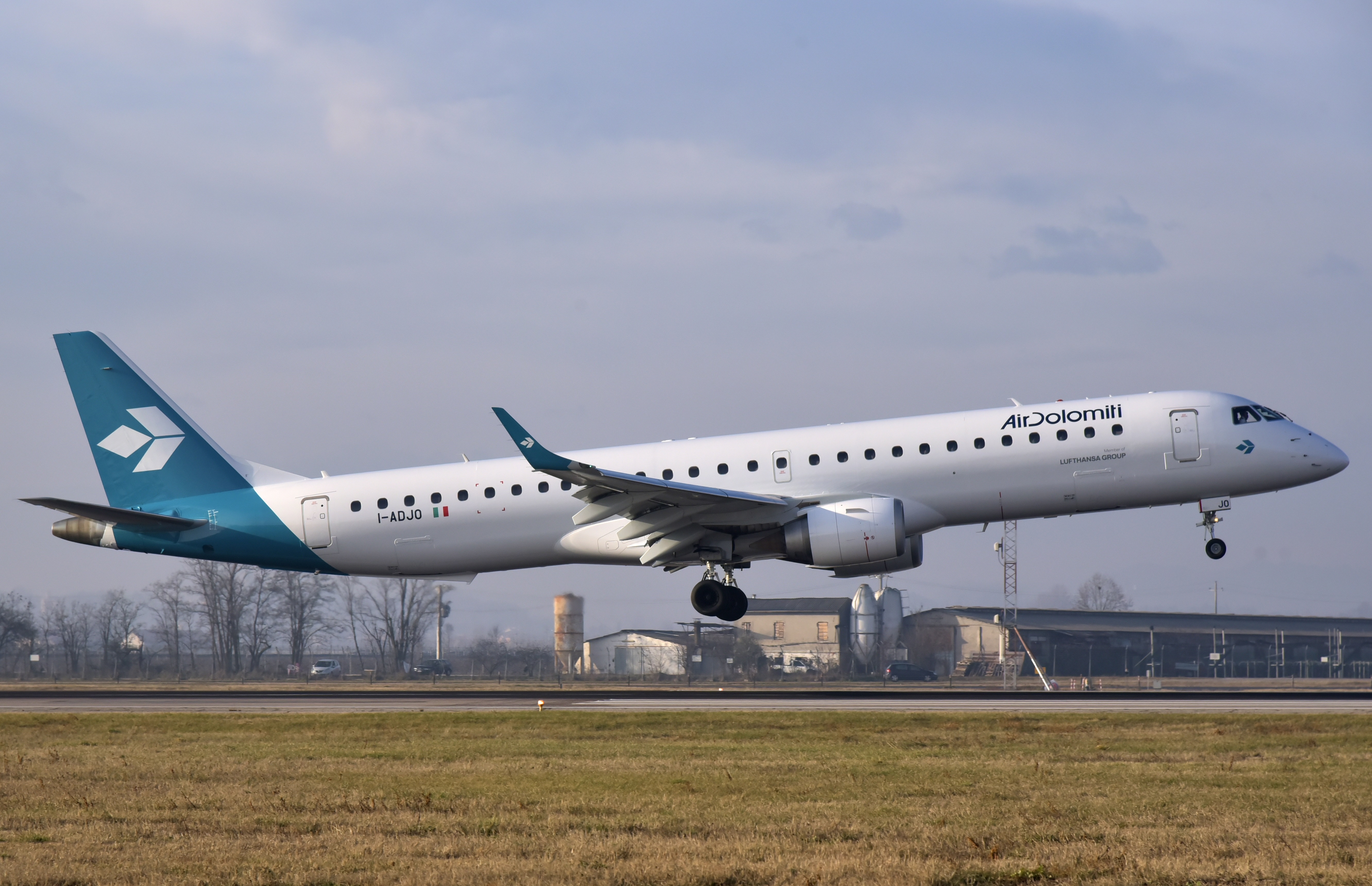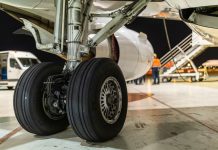You wouldn’t be reading an article from our #AvGeek column if you thought that applying the brakes was enough to make an aeroplane land or stop.
Whilst you do also need to ‘apply the brakes’ in some sense, engaging thrust reversal and the air brakes, today we’re going to look at the digital/hydraulic automatic system that allows the landing gear to stop the aeroplane on the strip.
The autobrake is an automatic braking system that is used on airliners and that helps pilots stop aeroplanes as soon as they touch the ground during landing.
One of our Embraer E-195 aeroplanes (with an average passenger and luggage load) weighs around 43 tonnes and its speed during landing varies between 240 and 260 km/h (149 to 162 mph). Considering that the landing strips of the biggest airports are between 2.8 km (1 ¾ miles) and 4 km (2 ½ miles) long (such as the one at Franz Josef Strauss Airport in Munich!), it goes without saying that an aeroplane has a complex landing system.
The pilot manages the intensity of the autobrake (LOW / MEDIUM / MAX) according to a few variables using a selector switch in the cockpit. The low and medium levels are used to avoid over-consumption of brakes and tyres, as well as to make landing more comfortable for passengers. The maximum level is used for short landing strips or in poor weather conditions. The selector switch activates the brakes of the wheels 3 seconds after activating the air brakes located on the aeroplane wings.
Now we know that the autobrake is always activated on landing, but what about during take-off?
It might seem bizarre, but the autobrake is used during take-off too. If it’s set to RTO (rejected take-off) mode, the automatic braking system plays a fundamental role in a rejected take-off, which we’ll write an article about soon…
Stay tuned
Photo credit: Cabras




